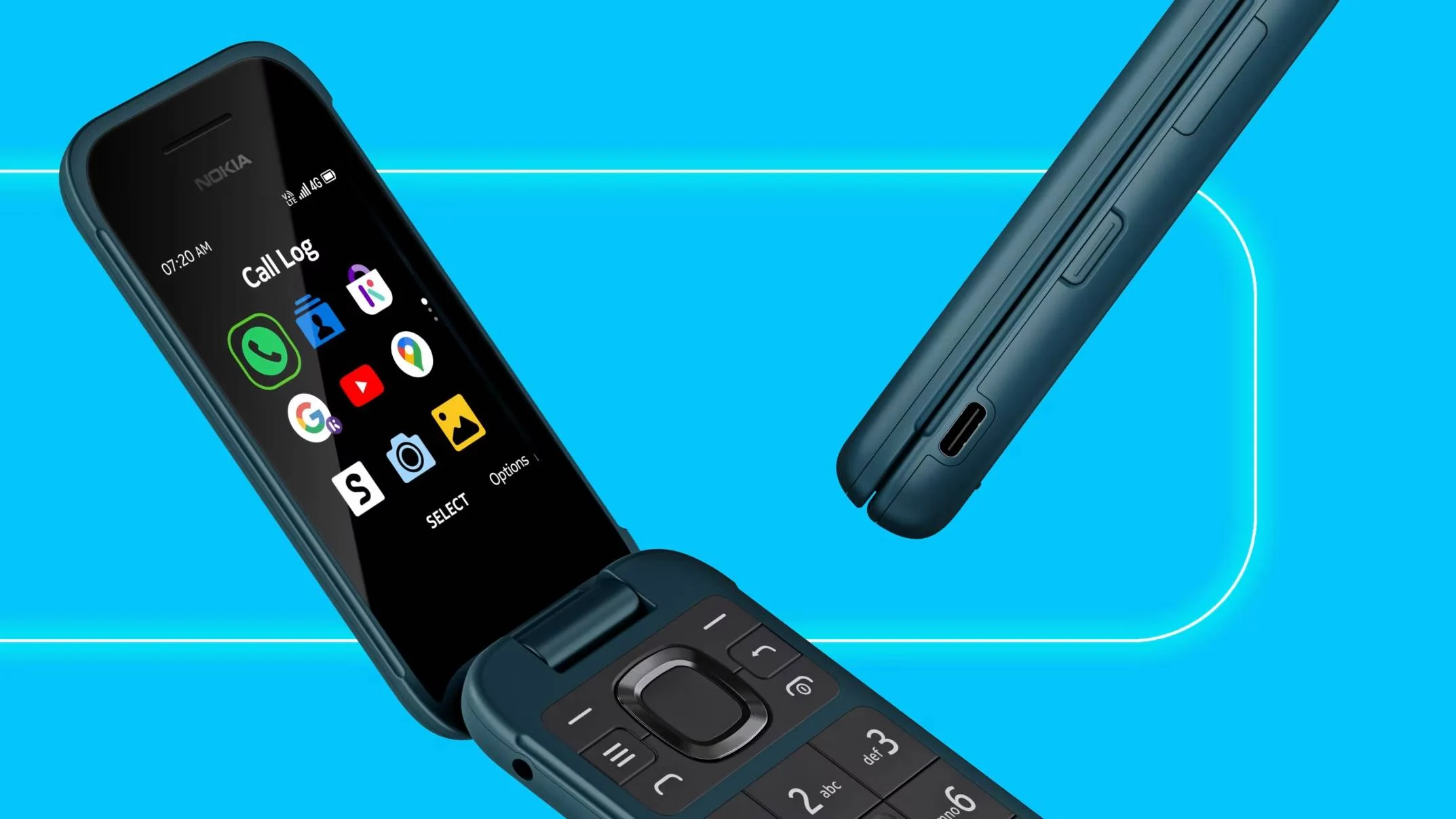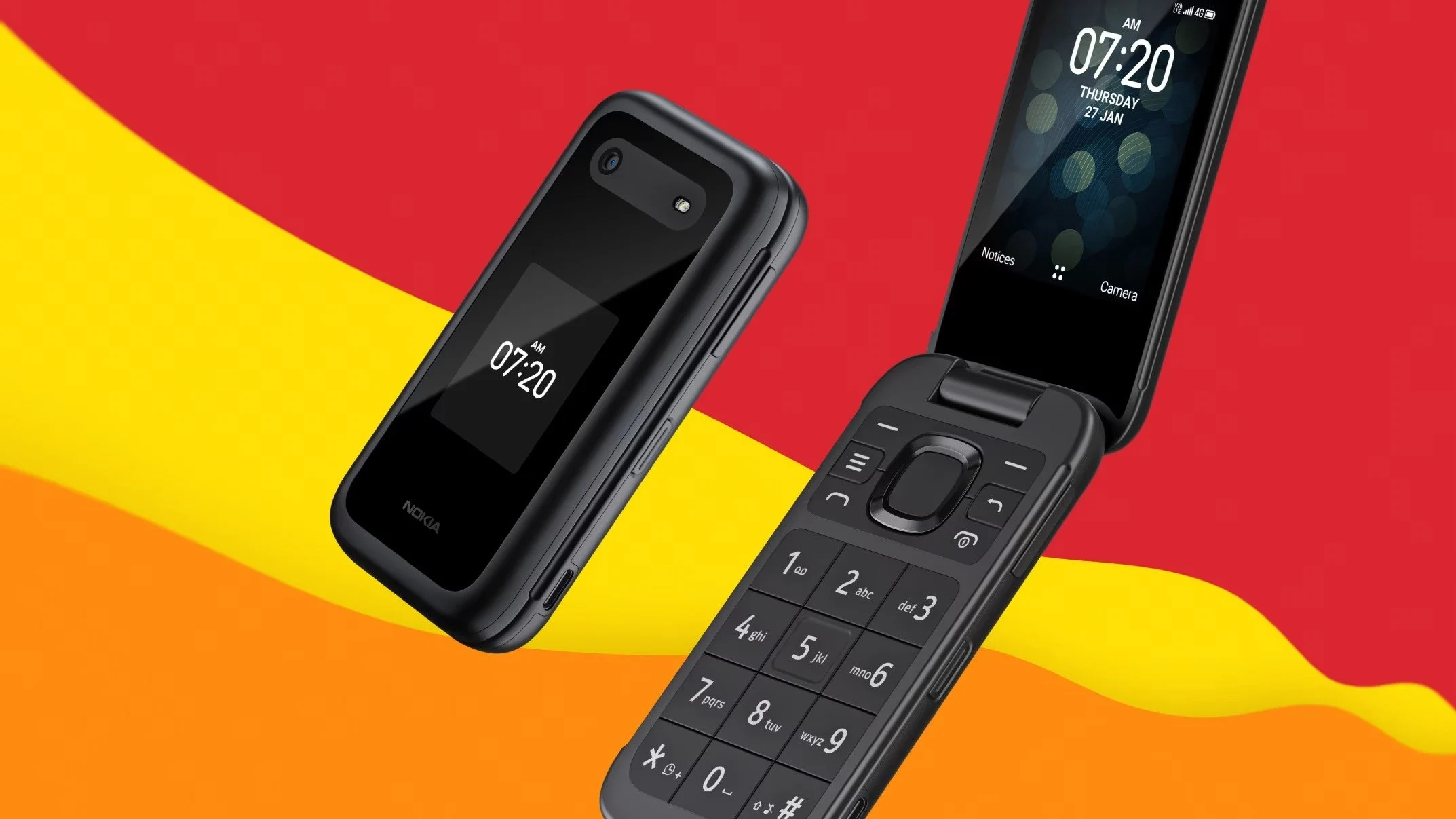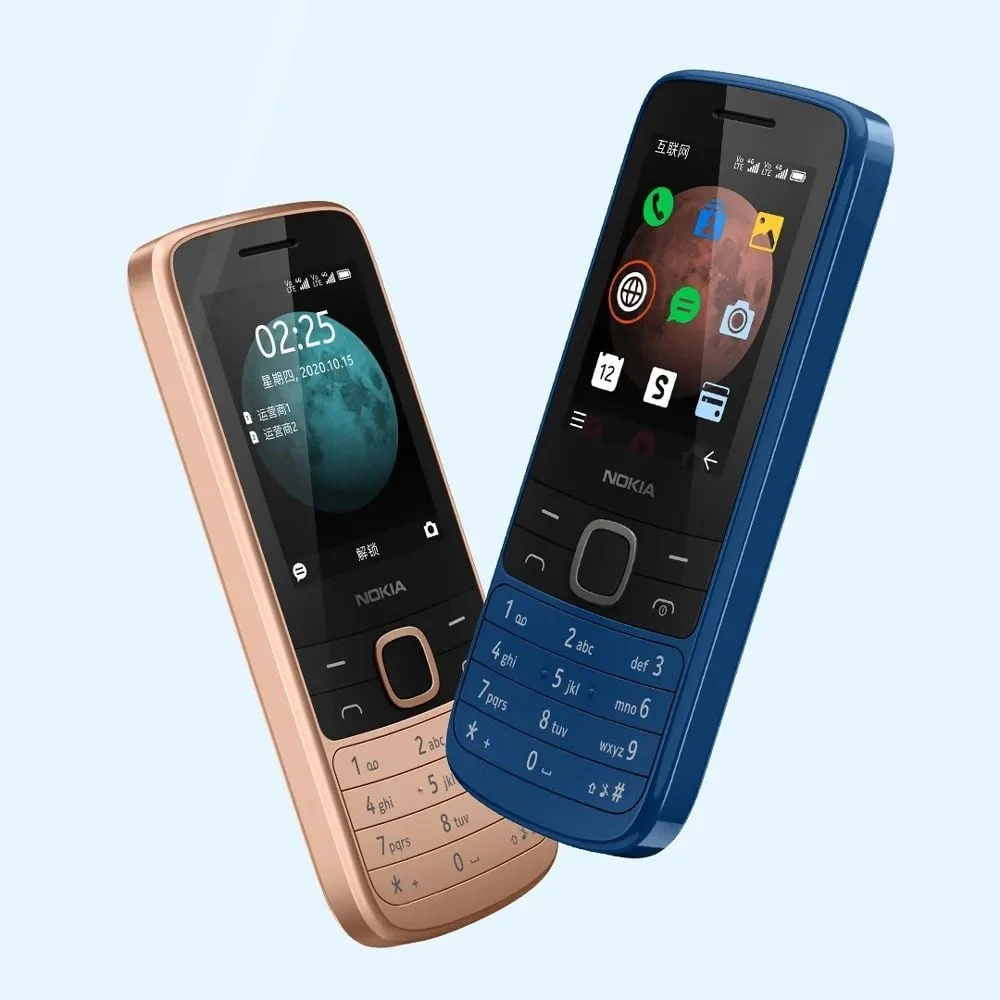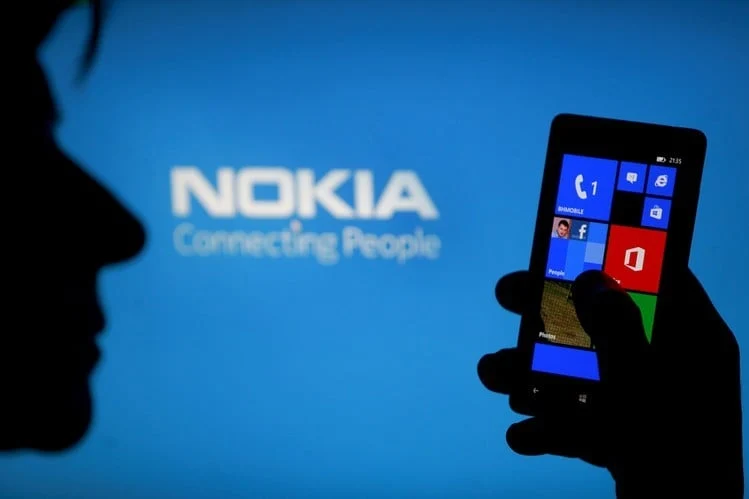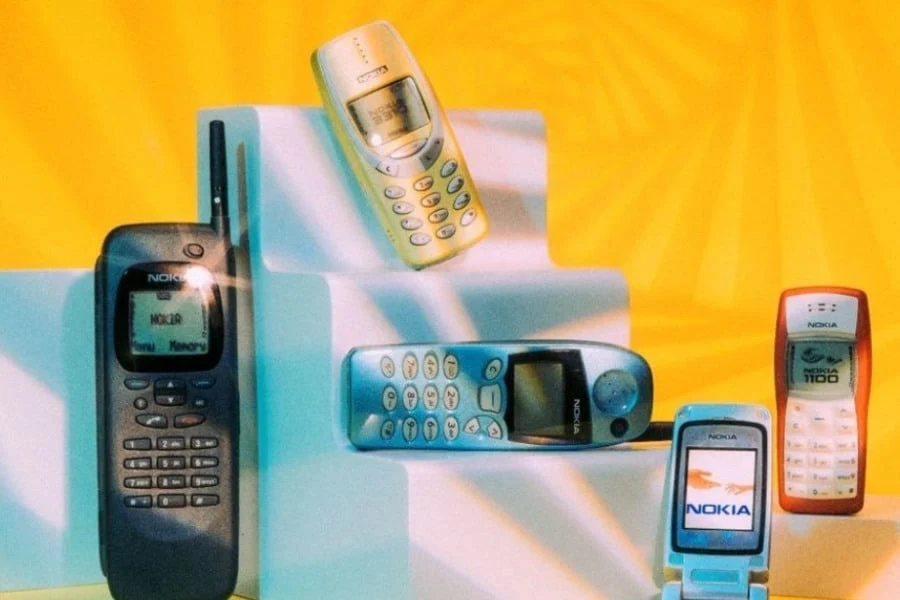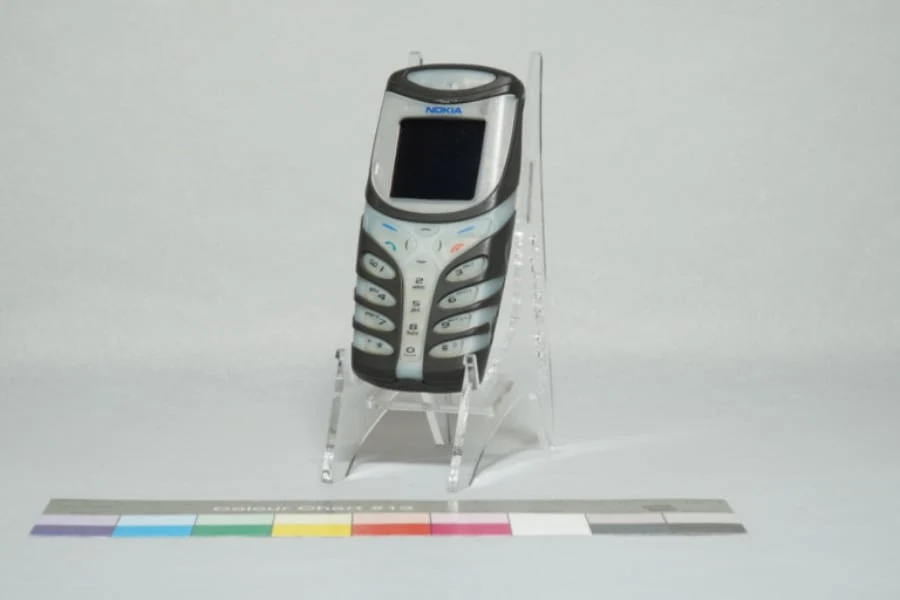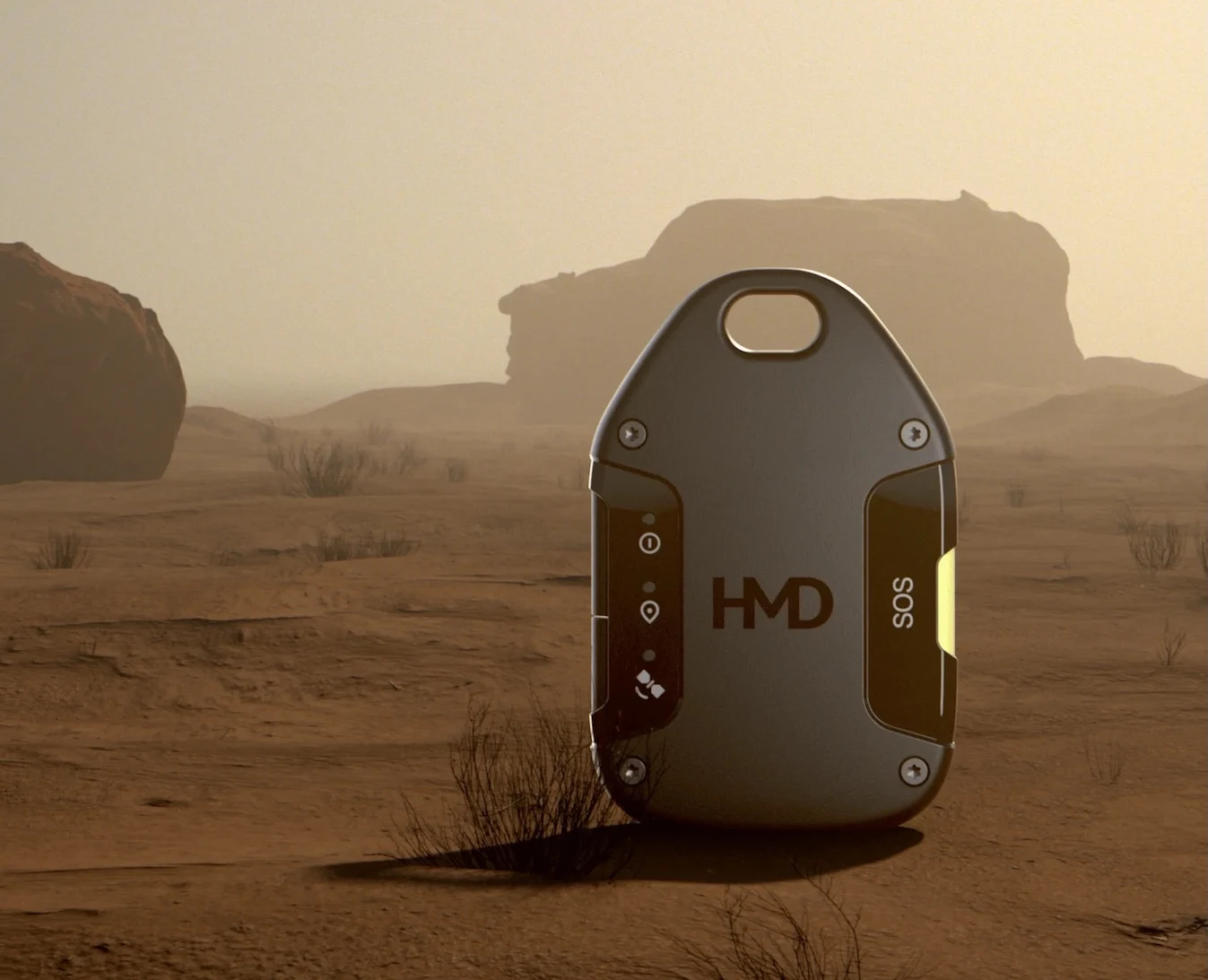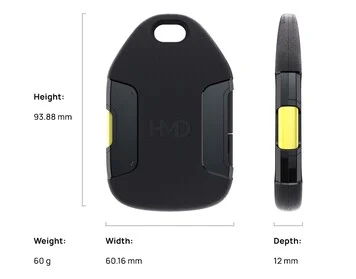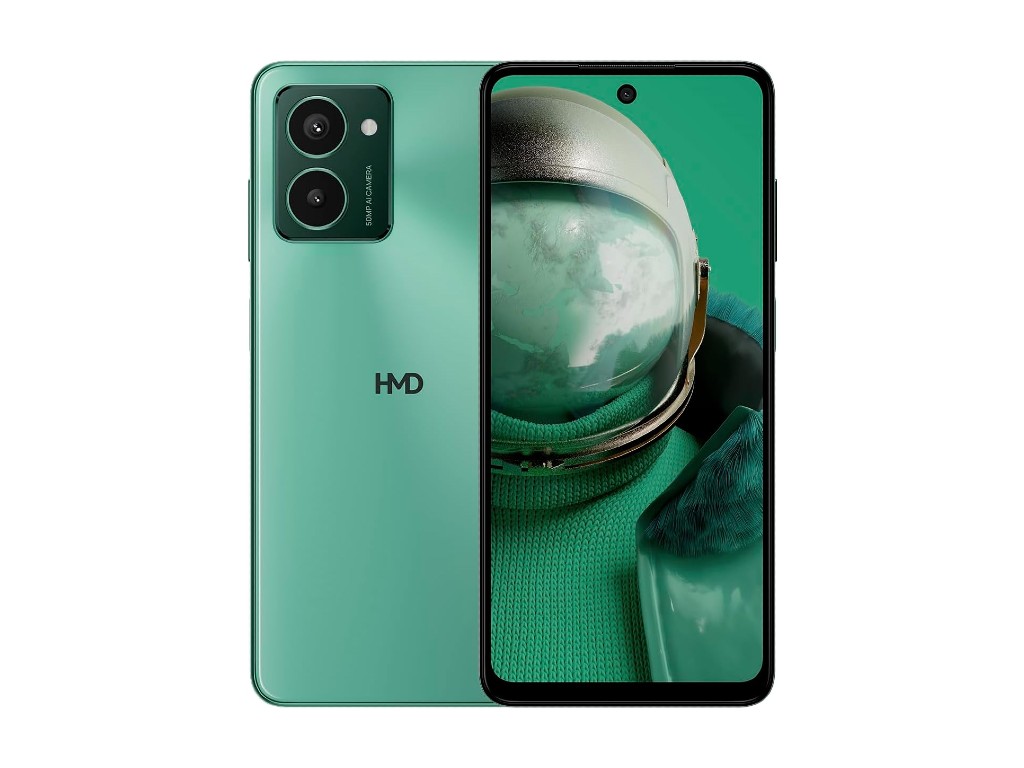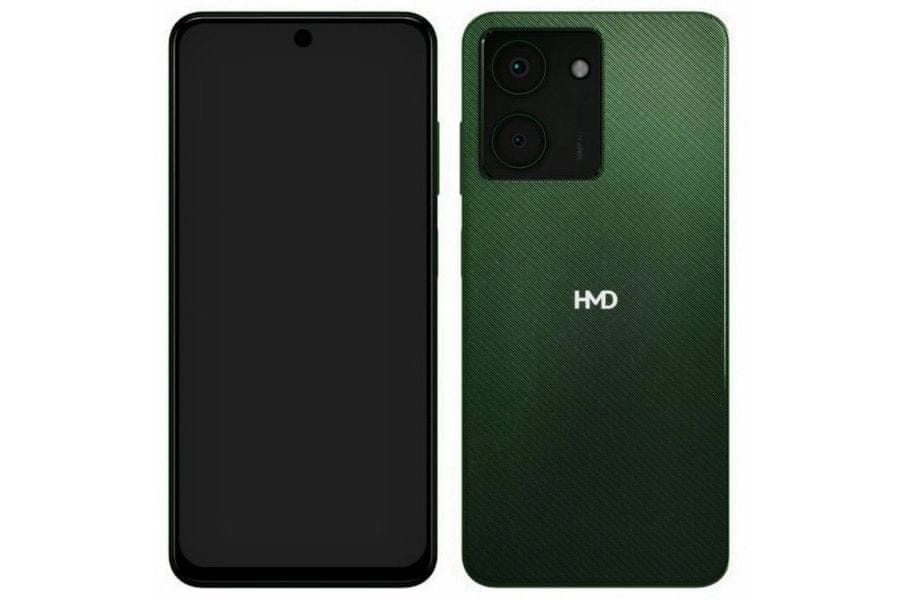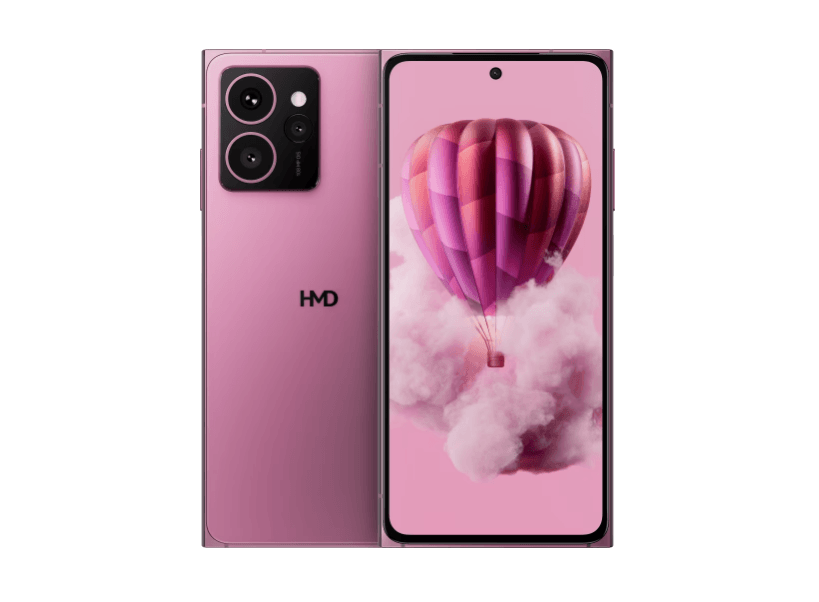Key Takeaways
1. Nokia once dominated the mobile phone market, holding over 40% share in the mid-2000s, known for reliable devices like the Nokia 3310 and N-series.
2. The launch of Android in 2008 transformed the smartphone landscape, allowing various manufacturers to innovate quickly and create a vast app ecosystem.
3. Nokia’s failure to adopt Android and its decision to focus on the struggling Windows Phone led to its rapid decline in the smartphone market.
4. By 2013, Nokia’s smartphone market share had plummeted, resulting in the sale of its mobile division to Microsoft for $7.2 billion.
5. The story of Nokia highlights the importance of adapting to technological changes and consumer preferences; early adoption of Android might have changed its fate.
Nokia was once the leading name in the mobile phone sector. In the early 2000s, its products ruled global markets, and the brand was well-known for reliability and cutting-edge tech. However, within ten years, Nokia’s mobile segment diminished significantly, eventually being sold to Microsoft. A major reason for this rapid decline was the emergence of Android. Although Nokia made some errors, Google’s open-source operating system fundamentally changed the smartphone landscape, leaving Nokia finding it hard to keep up.
The Height of Nokia’s Influence
During its peak in the mid-2000s, Nokia held over 40% of the global mobile phone market. The Finnish company created some of the most memorable devices, such as the Nokia 3310 and the N-series, which were famous for their toughness, easy-to-use designs, and advanced features. Nokia’s own Symbian OS was prevalent, and its feature phones were popular in both advanced and growing markets. However, as technology progressed and consumer tastes shifted towards smartphones, Nokia was slow to adapt.
The Emergence of Android and Market Evolution
In 2008, Google launched Android, an open-source OS intended for a wide array of devices. Unlike Apple’s iOS, which was exclusive to the iPhone, Android was picked up by various manufacturers like Samsung, HTC, and Motorola. This open format led to quick innovation, a large app ecosystem, and a customizable user experience.
Android’s versatility made it appealing for manufacturers searching for alternatives to closed operating systems like Symbian and BlackBerry OS. Companies such as Samsung swiftly took advantage of this, releasing robust Android smartphones that attracted a wide audience. Meanwhile, Nokia continued to depend on Symbian, an outdated platform that had trouble competing with the user-friendly interfaces and app ecosystems of Android and iOS.
Nokia’s Poor Decisions
While the rise of Android was a key factor in changing the industry, Nokia’s own choices sped up its decline. One of its major blunders was the hesitation to adopt Android. Even though Nokia saw the promise of smartphones, it opted to create its own Linux-based OS called MeeGo. However, internal struggles and management issues led to MeeGo’s failure, leaving Nokia without a competitive platform.
In 2011, then-CEO Stephen Elop made a controversial choice to partner solely with Microsoft and adopt Windows Phone as its main OS. This decision alienated many devoted Nokia customers who were hoping for an Android option. At the same time, Windows Phone struggled to gain traction due to its limited app selection and weaker developer support compared to Android. As Samsung, Huawei, and other companies rapidly grew their Android lines, Nokia’s Windows Phone strategy lagged behind.
The Unavoidable Downfall and Microsoft Takeover
By the time Nokia tried to bounce back, it was too late. Android had already established its dominance, and companies like Samsung had become well-known names in the smartphone market. Nokia’s Lumia series, while praised for its hardware, failed to draw in enough users due to the shortcomings of Windows Phone. By 2013, Nokia’s smartphone market share had dropped significantly, leading the company to sell its mobile division to Microsoft for $7.2 billion.
Sadly, Microsoft’s efforts to revive Nokia’s phone business with Windows Mobile also fell short. By 2016, Microsoft essentially abandoned the effort, signaling the end of Nokia’s role in the smartphone market.
Nokia’s Comeback and Lessons Learned
Even though Nokia doesn’t lead the mobile industry anymore, the brand has experienced a revival under HMD Global, which licenses the Nokia name for Android smartphones. However, HMD Global has faced challenges in effectively leveraging Nokia’s branding. Consequently, the company has ceased using the Nokia name for its smartphones, marking the end of Nokia-branded devices. Meanwhile, Nokia itself has shifted its focus entirely to network equipment technology, leaving its mobile history behind.
The story of Nokia offers an important lesson in the tech world. Even the strongest companies can stumble if they don’t adjust to changing consumer preferences and new technologies. The rise of Android was inevitable, but if Nokia had embraced it sooner, the outcome for the company might have been quite different.



